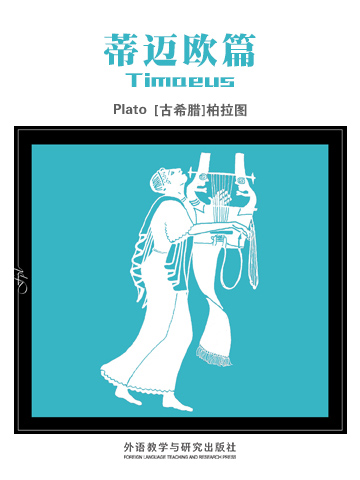柏拉图关于宇宙论和自然科学的对话。
《蒂迈欧篇》为柏拉图的晚期著作,是柏拉图思想的一篇重要文献。本篇对话提出了两个重要的概念:作为事物材料来源的载体,以及为事物提供形式结构的理型。柏拉图运用几何化的理型来解释万事万物的结构,并认为事物的内在结构是事物的本质。
Timaeus is one of Plato's dialogues, mostly in the form of a long monologue given by the titular character, written circa 360 BC. The work puts forward speculation on the nature of the physical world and human beings and is followed by the dialogue Critias.
- TIMAEUS
















 京公网安备 11010802032529号
京公网安备 11010802032529号
笔记加载中...